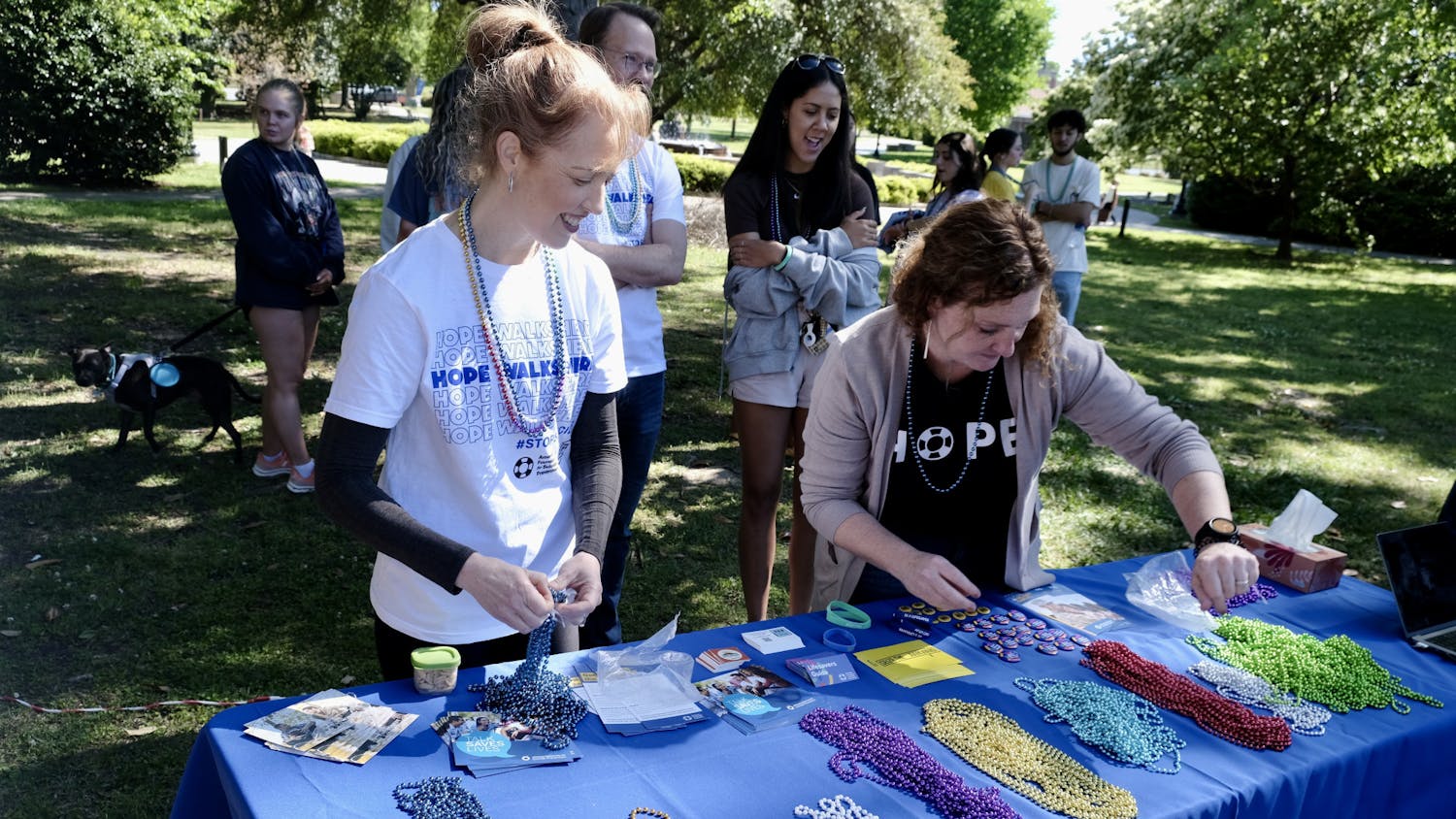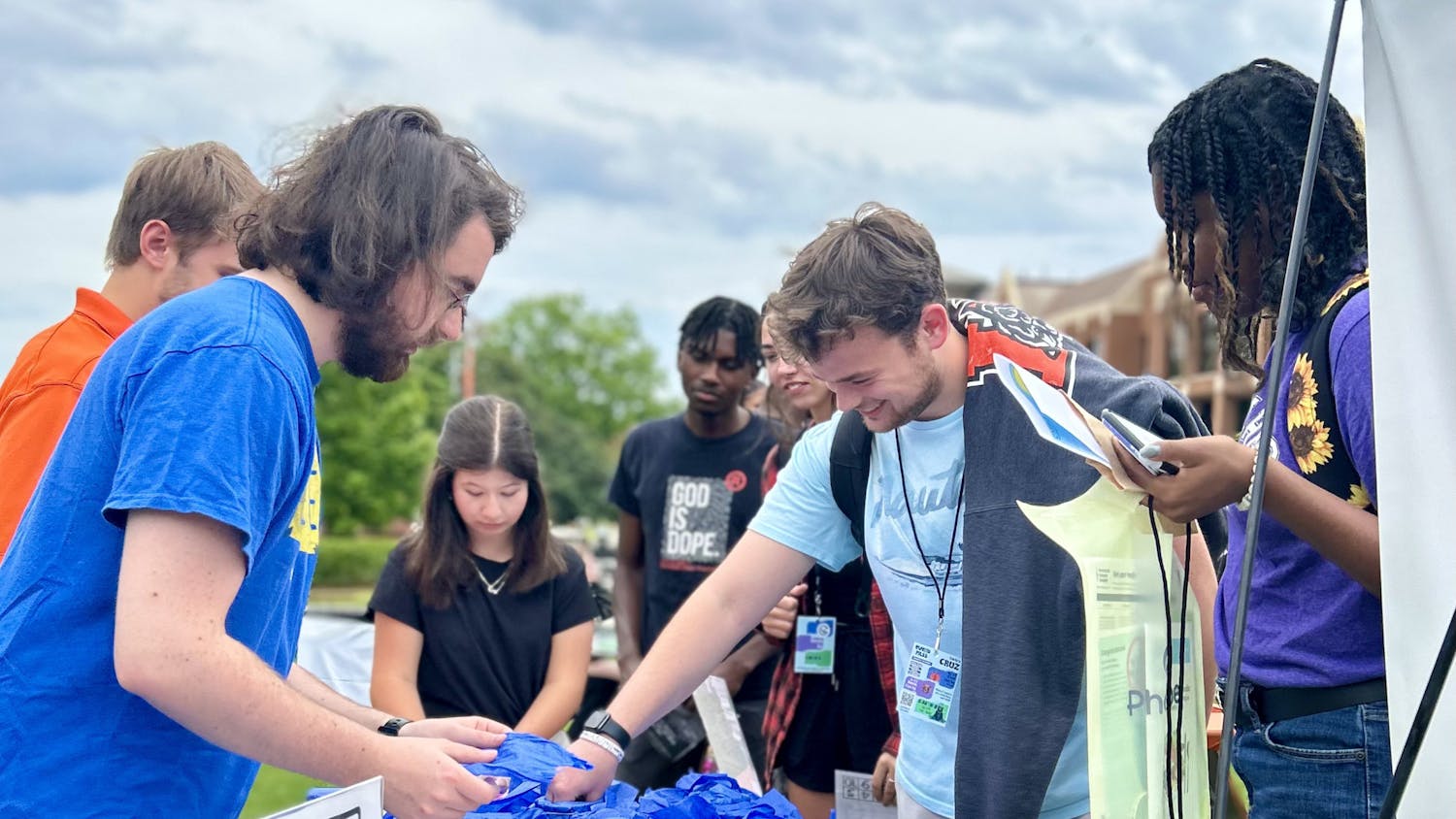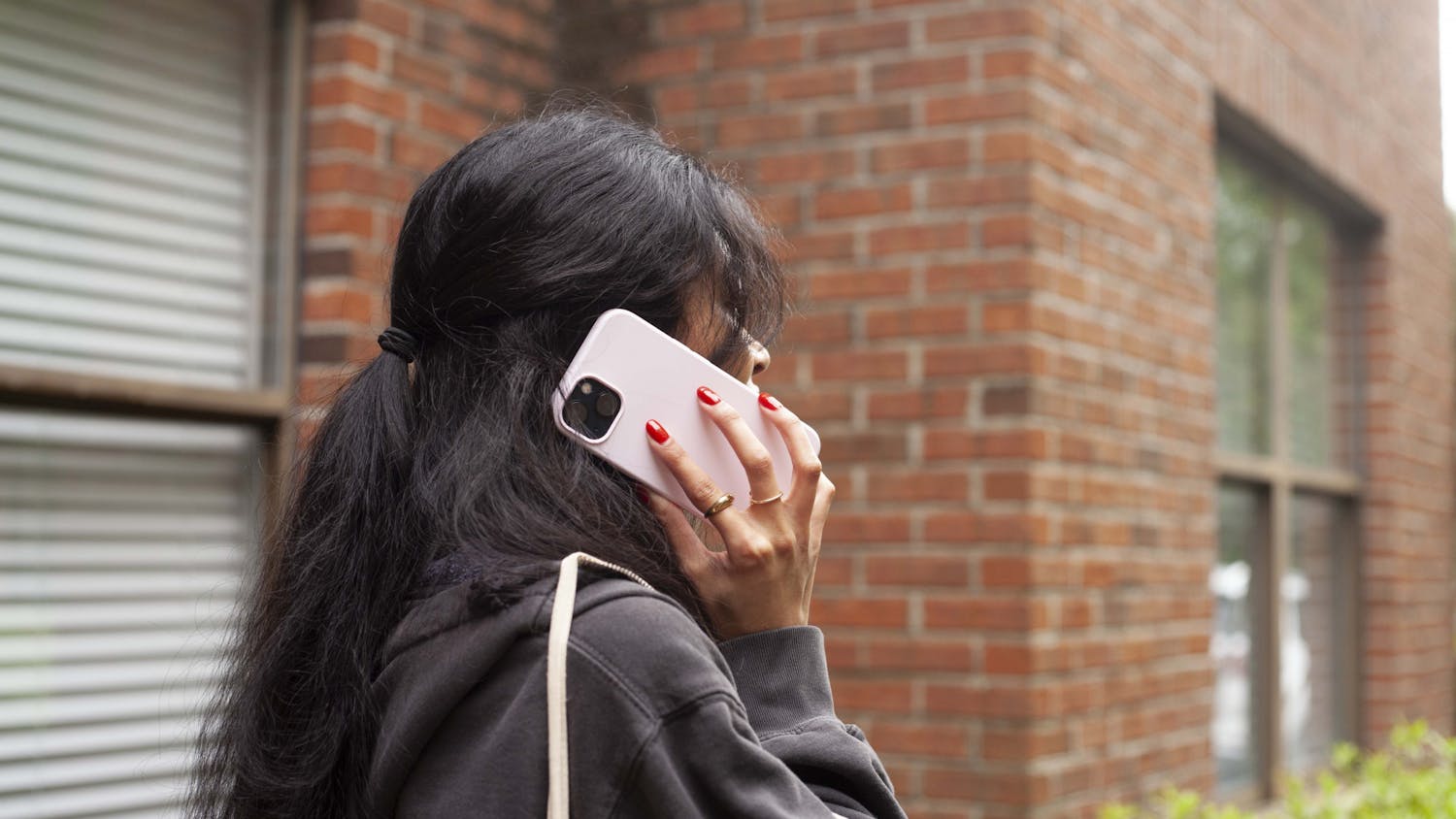I’ve been vocal about obsessive-compulsive disorder since the onset of my symptoms six years ago. Every year, during OCD Awareness Week the second week of October, I shared my experience while sitting on a secret I couldn’t even tell my closest friends: I was self-diagnosed.
The International OCD Foundation estimates that one in 100 adults living in the United States has OCD, or two to three million — roughly the size of the population of Houston, Texas. I have Pure O, a colloquial term for OCD where compulsions manifest mentally. I don’t wash my hands, check light switches or step around cracks in the sidewalk. My OCD is invisible.
The mechanisms of Pure O are no different from “typical” OCD, but my compulsions look more like reassurance-seeking or rumination. Therapists without a specialization in OCD may not know internal compulsions exist. My first year of college, one professional refused to diagnose me because I didn’t have physical compulsions.
I thought no one would believe me if I admitted that I’d never been diagnosed. It was invalidating, and it made me obsess over whether I was a liar. I lived in constant fear that maybe I didn’t really have OCD, and maybe I’d be considered a fraud if anyone knew.
When I met my therapist, she told me that the average time between onset and diagnosis for people with OCD is 24 years. Living with untreated OCD for six years is the hardest thing I’ve ever done. Twenty-four years is incomprehensible — yet it’s the standard.
Experts still don’t know the exact cause of OCD. It involves problems in communication between the parts of the brain through a neurotransmitter called serotonin. It can be genetic, provoked by daily stressors or even illness.
Obsessions are better described as intrusive thoughts, images or impulses that trigger severe distress. Intrusive thoughts can be about anything, like illness, sexuality, relationships or death. The disorder tailors the obsession to the person, prioritizing whatever causes the most distress. The thoughts can’t be controlled, and the more you resist, the more frequent they become.
To alleviate the anxiety, people with OCD develop compulsions. These are the stereotypical behaviors we often associate with OCD, like touching doorknobs or hand-washing three times per hour, every hour. But the problem with compulsions is that they provide temporary relief. The thought always returns, usually even more frightening than the last time. OCD is a perpetual cycle of re-traumatizing yourself.
OCD is a chronic illness, meaning it’s lifelong. Treatment is crucial to keep the anxiety at a moderate level. As my therapist says, people with OCD function at a higher level of constant anxiety because it’s all we know. The key is long-term management, not a cure.
It’s frustrating to hear my disorder used by people who like straight lines, organized closets or color-coded O-Chem notes. The phrase, “I’m so OCD,” used by people with normal neurotic quirks is invalidating to people whose entire lives have been changed by obsessions and compulsions. My disorder is not an adjective.
It’s important to increase awareness so that people like me can catch their OCD sooner and begin treatment through therapy or medication. Even if you never experience OCD, you may know someone who will, and as evidence shows, they may need help recognizing it.
OCD Awareness Week is in October. It took me six years to get diagnosed





